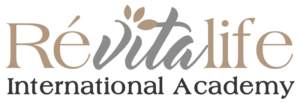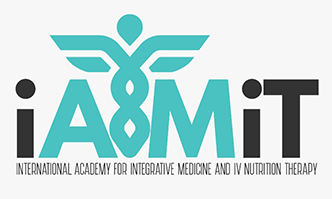
Al Razi Bldg. 64
Healthcare City, Dubai
+971 4 452 0646
Mon - Fri: 9:00 - 17:30


Healthcare City, Dubai


The Practice-based Activity will provide compounding pharmacists and technicians with the competency to prepare current and viable pharmacotherapeutic non-sterile dosage forms. Unique concepts will be taught facilitating a decision-making process the pharmacist and technician can apply in their day-to-day practice.
INTENDED AUDIENCE
Pharmacists and Technicians new to compounding or with an existing compounding practice.
ACTIVITY DESIGN
A two part activity; self-study with learning assessment and live event with competency assessment.
OVERALL LEARNING OBJECTIVES OF SELF-STUDY EVENT FOR PHARMACISTS
*For Technicians, please refer to the workbook for Learning Objectives.
OVERALL LEARNING OBJECTIVES OF LIVE EVENT FOR PHARMACISTS
© All rights reserved by - Dr. Guillaume Safah
Made by ❤ Revitalife art desk